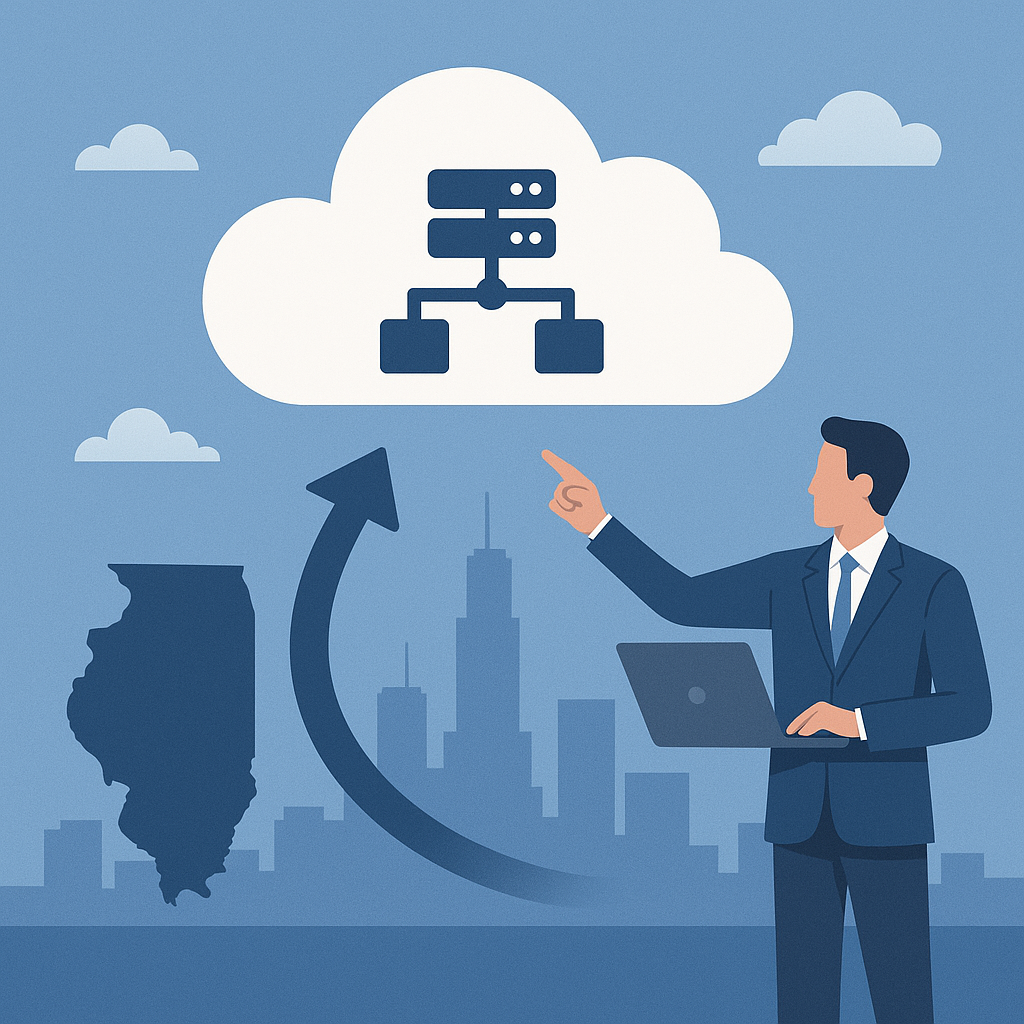Migrating to cloud virtualization offers unmatched scalability, cost savings, and performance. But without a solid migration strategy, the process can lead to downtime, security gaps, or user frustration. For businesses in Illinois planning a transition, this step-by-step guide outlines how to approach cloud virtualization the right way.
Step 1: Assess Your Readiness
Begin with a full inventory of your infrastructure. What servers, applications, storage, and workloads are in use? Which systems are cloud-ready, and which will need reconfiguration? This will inform your timeline, budget, and vendor selection.
Step 2: Define Your Goals
Clarify what you want to achieve. Whether it’s reducing costs, enabling remote work, or improving uptime, knowing your objectives will shape the platform, architecture, and rollout method.
Step 3: Choose a Cloud Model
Decide between public, private, or hybrid cloud environments. Public clouds offer cost-efficiency and scalability, while private clouds offer greater control. A hybrid model blends both and allows flexibility as your needs evolve.
Step 4: Build a Migration Roadmap
Plan your migration in phases. Start with non-critical systems and test thoroughly. Consider dependencies—some applications may need to move together to avoid compatibility issues.
Step 5: Prepare Data and Applications
Clean up your data, archive what’s no longer needed, and update outdated applications. Compatibility checks are essential to ensure virtualized environments will perform as expected.
Step 6: Implement Security Controls
Apply security protocols like encryption, role-based access, and MFA before migration. Don’t wait until after the move—security should be baked into your architecture from the start.
Step 7: Train Your Team
Make sure your employees are trained on how to access the new environment, use virtual desktops, and recognize phishing attempts. Change management is just as important as the technical side of migration.
Step 8: Test and Optimize
After the migration, test for performance, data integrity, and access control. Monitor for any performance issues and adjust resources as needed.
With the right approach, your migration can be smooth, secure, and transformative.
If you are interested in learning more, schedule a call today.

